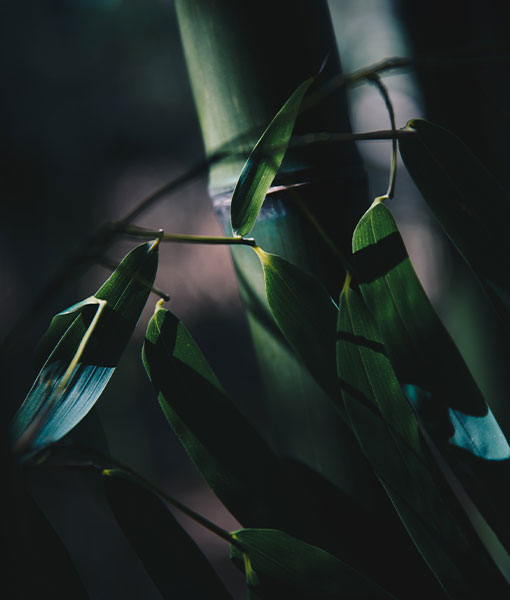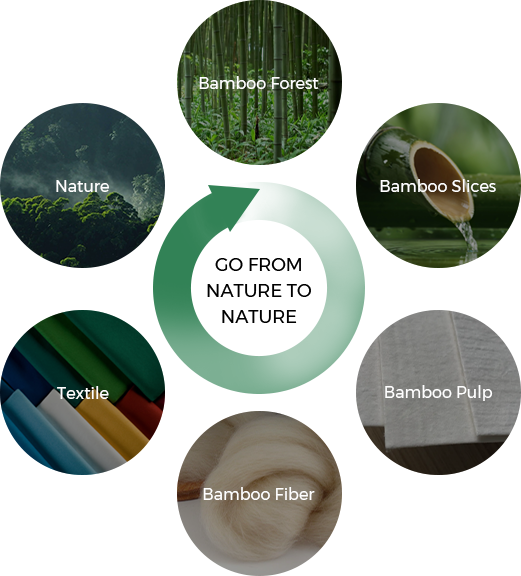In the rich tapestry of textiles, Wool Fabric stands as an enduring testament to the seamless union of timeless elegance and the remarkable qualities of nature's finest fibers. Derived from the fleece of sheep and other animals, wool has been a cornerstone in the world of textiles for centuries. This article delves into the unique characteristics of Wool Fabric, exploring its production process, myriad benefits, and the enduring allure that has secured its place in the realms of fashion, comfort, and sustainability.
At the heart of
Wool Fabric lies the wool fiber, sourced primarily from sheep. The production of wool involves a cyclical and sustainable process that begins with shearing the sheep, an act that promotes the health and well-being of the animals. Once sheared, the wool undergoes a meticulous sorting and cleaning process to remove impurities and prepare it for spinning. The resulting yarn is then woven into the fabric, showcasing the natural beauty and resilience of wool fibers.
One of the distinguishing features of Wool Fabric is its exceptional insulating properties. The crimped structure of wool fibers creates tiny air pockets that trap and retain heat, making wool an ideal choice for warmth in colder climates. Whether in the form of cozy sweaters, scarves, or outerwear, wool provides unparalleled insulation, offering wearers a comfortable shield against the chill of winter. This inherent warmth, coupled with breathability, contributes to wool's versatility in a variety of garments.
Breathability is a key attribute that sets Wool Fabric apart. Despite its insulating properties, wool allows air to circulate, preventing overheating and ensuring a comfortable wearing experience in varying temperatures. This natural breathability makes wool suitable for both cold and warm weather, adapting to the body's needs and maintaining a consistent level of comfort. The fabric's ability to wick away moisture also adds to its appeal, keeping the wearer dry and comfortable in various conditions.
Wool's ability to regulate temperature extends to its adaptability in activewear. In contrast to synthetic materials that can trap heat and moisture during physical activities, wool actively works to keep the body cool and dry. This feature has led to the integration of wool in performance-oriented clothing, including base layers, socks, and activewear, where the fabric's natural properties enhance the wearer's comfort during exercise and outdoor pursuits.
Moreover, Wool Fabric exhibits remarkable durability and resilience. The natural crimp in wool fibers allows them to spring back to their original shape, reducing the appearance of wrinkles and maintaining the fabric's integrity over time. This resilience contributes to the longevity of wool garments, making them a sustainable choice in a world increasingly focused on reducing the environmental impact of fashion.
In terms of sustainability, wool stands as a shining example of a renewable and biodegradable resource. Unlike synthetic fibers derived from petrochemicals, wool is a natural fiber that grows on sheep, requiring only sunlight, water, and grass for nourishment. The eco-friendly nature of wool extends to its biodegradability; when discarded, wool decomposes naturally, minimizing its impact on landfills. Furthermore, advancements in sustainable farming practices and ethical treatment of animals contribute to the overall eco-friendly profile of wool production.
Wool's environmental credentials align with the principles of slow fashion, a movement that emphasizes quality, durability, and mindful consumption. As consumers increasingly seek alternatives to fast fashion, characterized by rapid turnover and disposable clothing, wool emerges as a sustainable choice that transcends trends and encourages a more thoughtful approach to dressing. The timeless elegance of wool garments, coupled with their enduring quality, invites consumers to build a wardrobe that withstands the test of time.
In the fashion industry, designers have embraced the versatility of Wool Fabric, creating collections that showcase the fabric's luxurious texture and adaptability. From high-end fashion houses to sustainable and ethical brands, wool remains a favored material for its ability to convey sophistication and provide a canvas for creative expression. Wool's presence on the runways and in everyday wear reflects a broader appreciation for the fabric's enduring appeal and the desire for fashion that aligns with ethical and sustainable values.
Beyond the realms of fashion, Wool Fabric has found its way into home textiles, including blankets, rugs, and upholstery. The natural warmth and softness of wool create a cozy and inviting atmosphere, transforming living spaces into havens of comfort. As consumers increasingly seek to create sustainable and eco-friendly homes, wool's biodegradability and timeless charm position it as a preferred choice in interior design.





